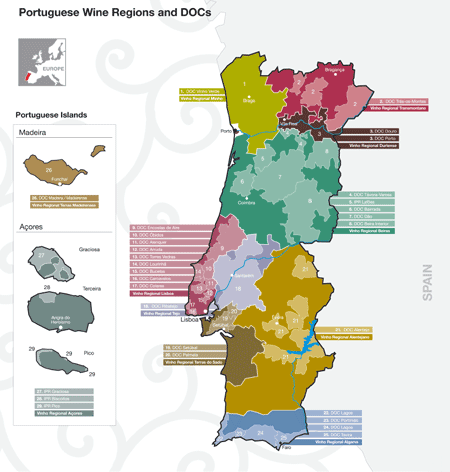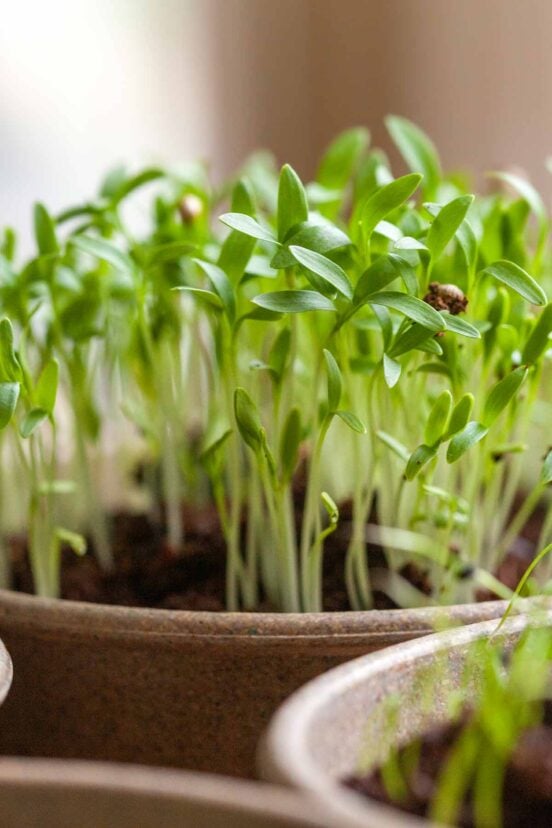

Portugal’s wine regions got a facelift recently. Not the actual regions—those have been literally written in stone beginning in 1756 when the Upper Douro became the first wine region in the world to be demarcated, with distinct borders and strict regulations. You can still see the shist markers drawing invisible but financially crucial lines throughout the region. I saw my first stone pillar on the grounds of Quinta de Crasto, a wine estate perched high in the mountains, when I was given a tour of the property by Tomas Roquette, one of the scions of the family. He flew around hairpin turns at a hellion’s pace in a dented old Jeep with a passenger door that wouldn’t stay shut. The ride, and the subsequent wine needed to steady myself, was worth it, though. Roquette took me to a shell of a building at the top of the estate that the family is turning into a guest house for tourists. The view alone would be worth the steep nightly price.
No, the nip and tuck was to the map of the the country’s wine regions. It shows each of the major Vinhos Regionais, a less formal, geographic-based appellation system of the country, similar to France’s vin de pays. From north to south: Minho, Trasmontano, Duriense, Beiras, Lisboa, Tejo, Alentejano, Terras do Sado, Algarve, and, then hopscotching to the middle of the Atlantic Ocean, Terras Madeirenses and Açores. Within each of these regions are the strictly overseen Denominação de Origem Controlada (DOC) and Indicacão de Proveniencia Regulamentada(IPR), a sort of half-step away from DOC—all beautifully, colorfully, and clearly marked. Now, all that’s left is once again drink wines for the 29 regions.















In Hawaii we do not get much Portuguese wines, but I want to learn about them.
John, we’ll be having more info here about Portuguese wine, so hang in there.